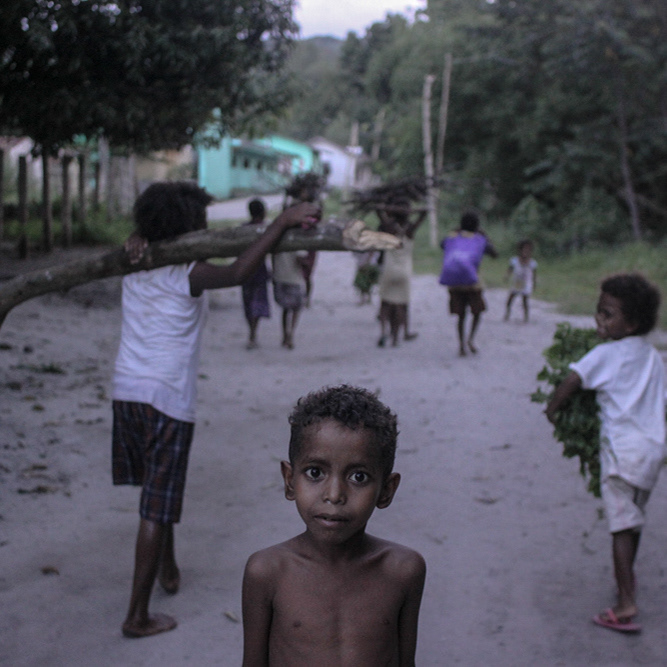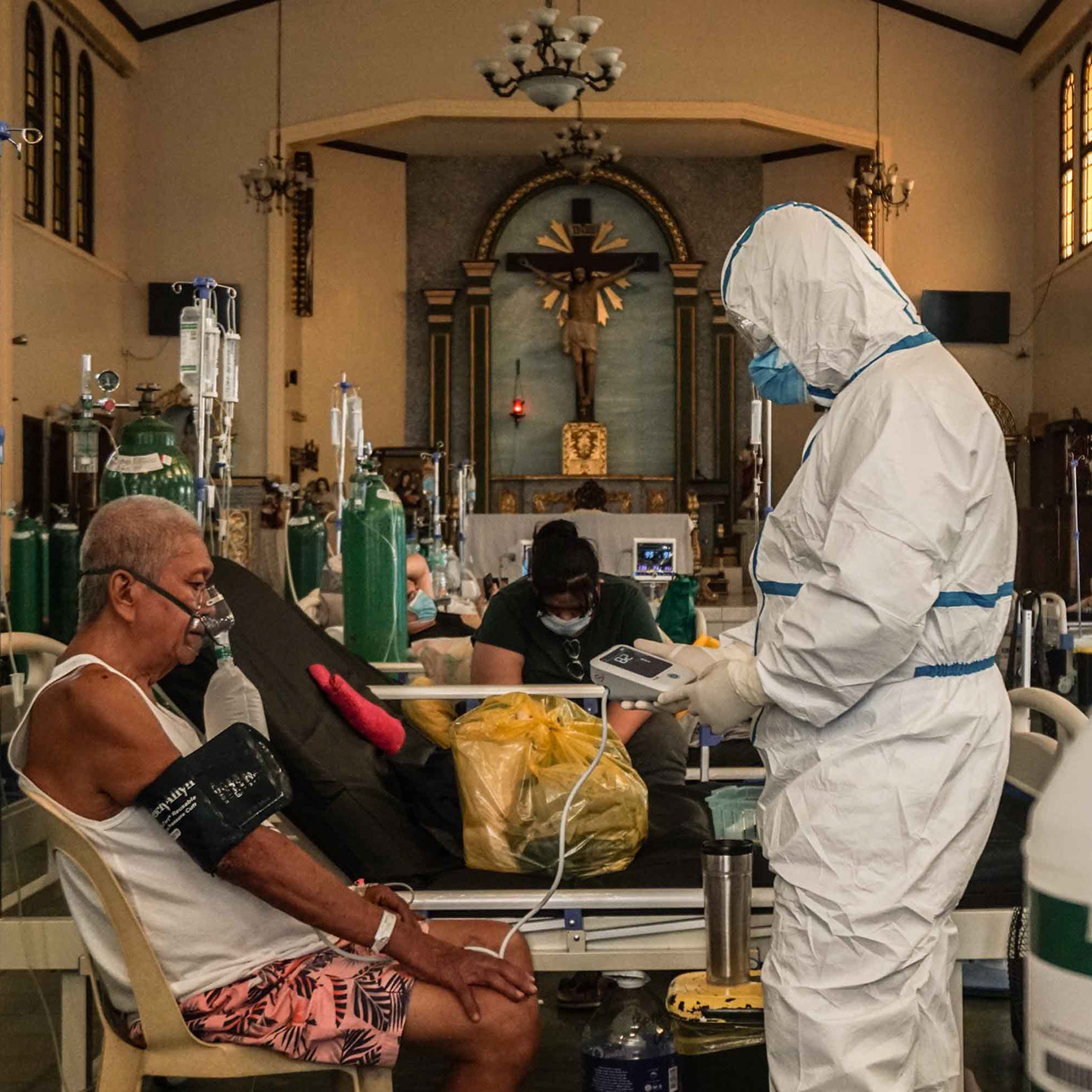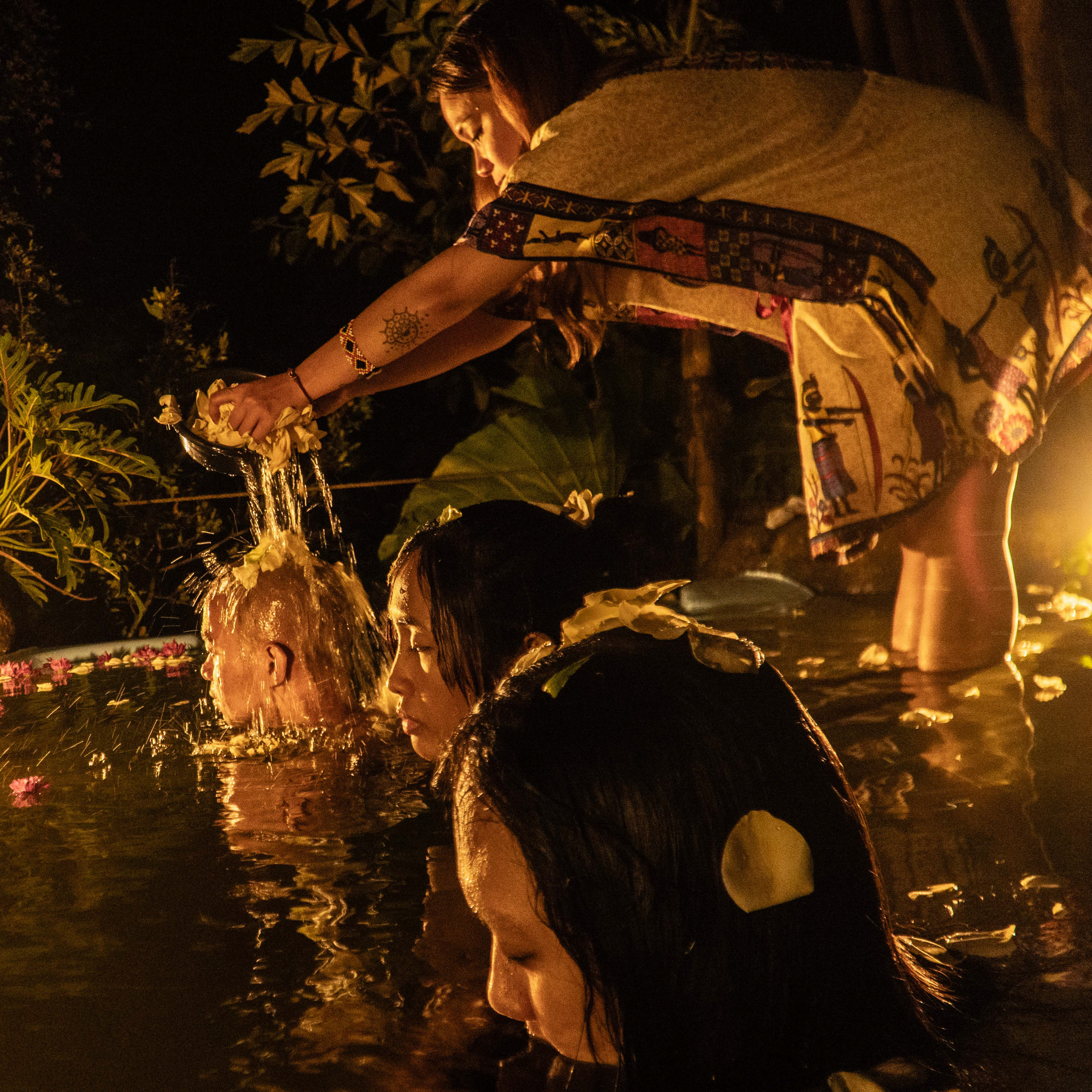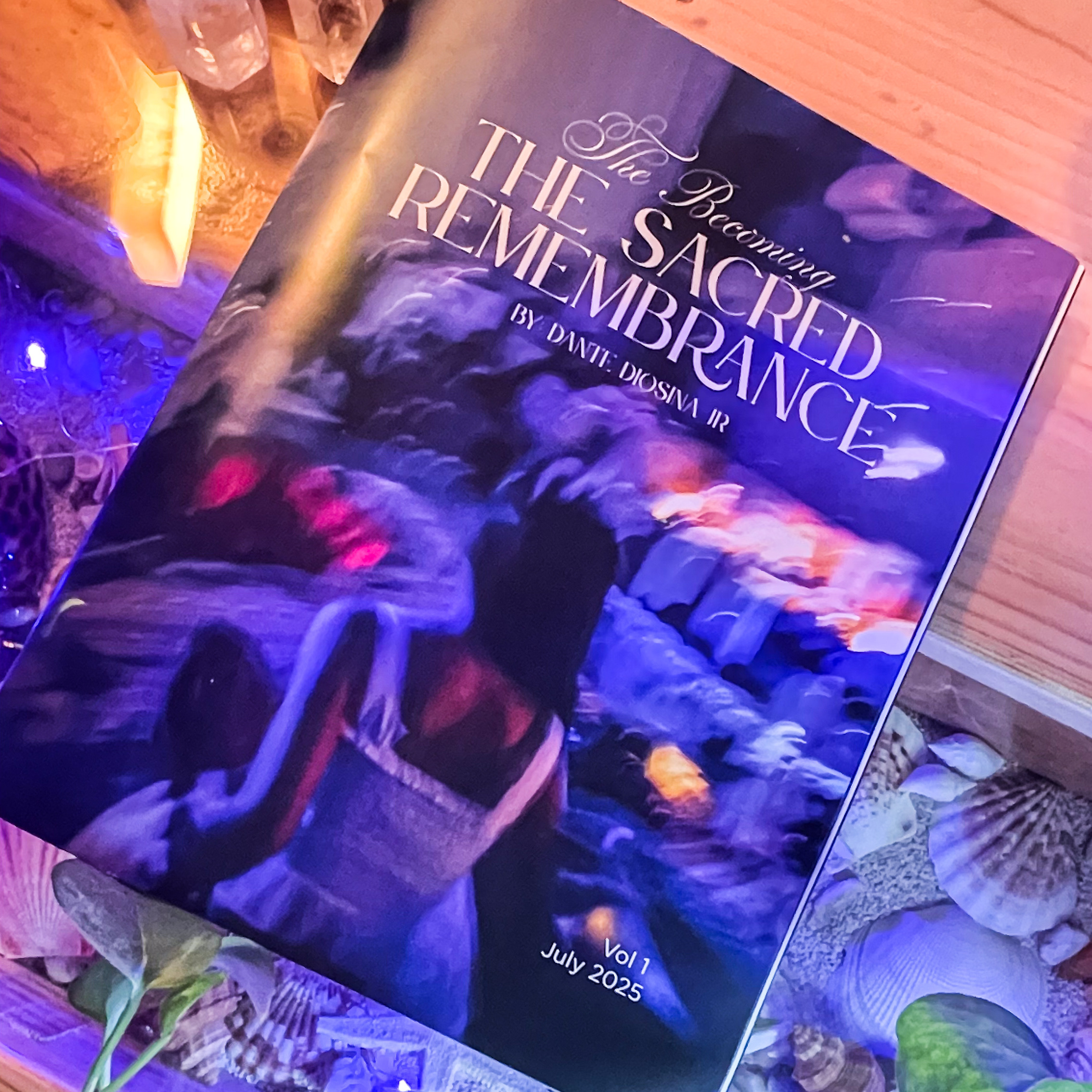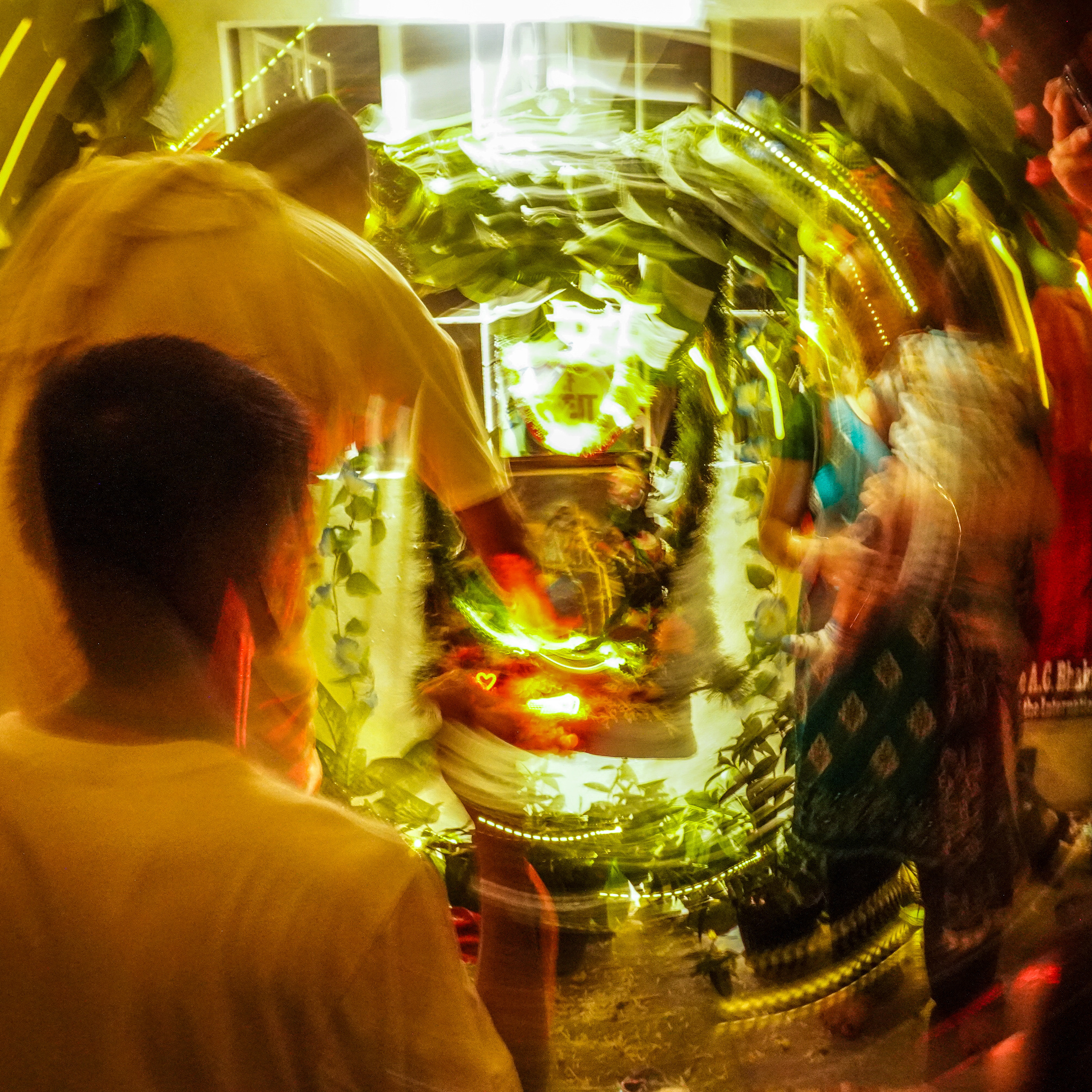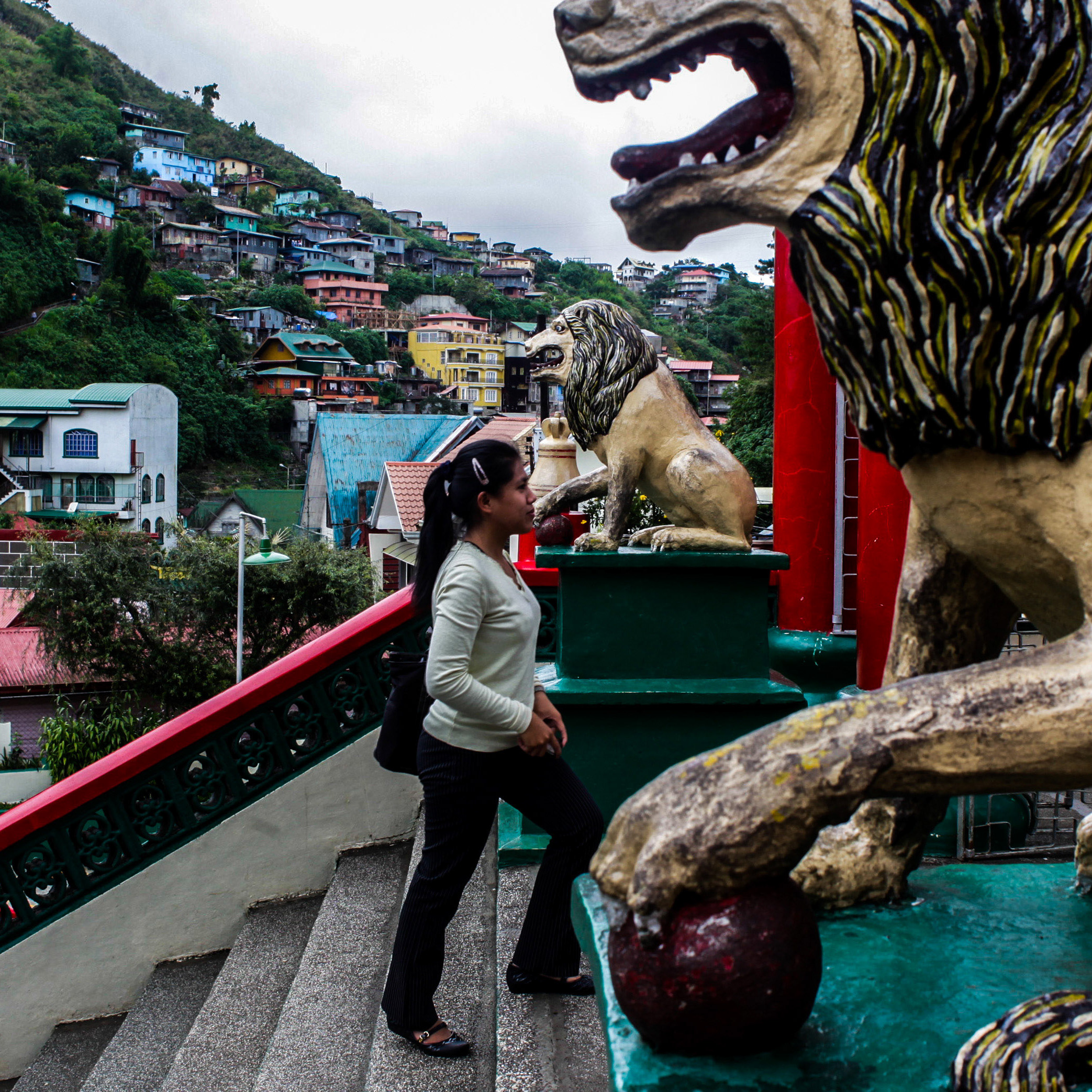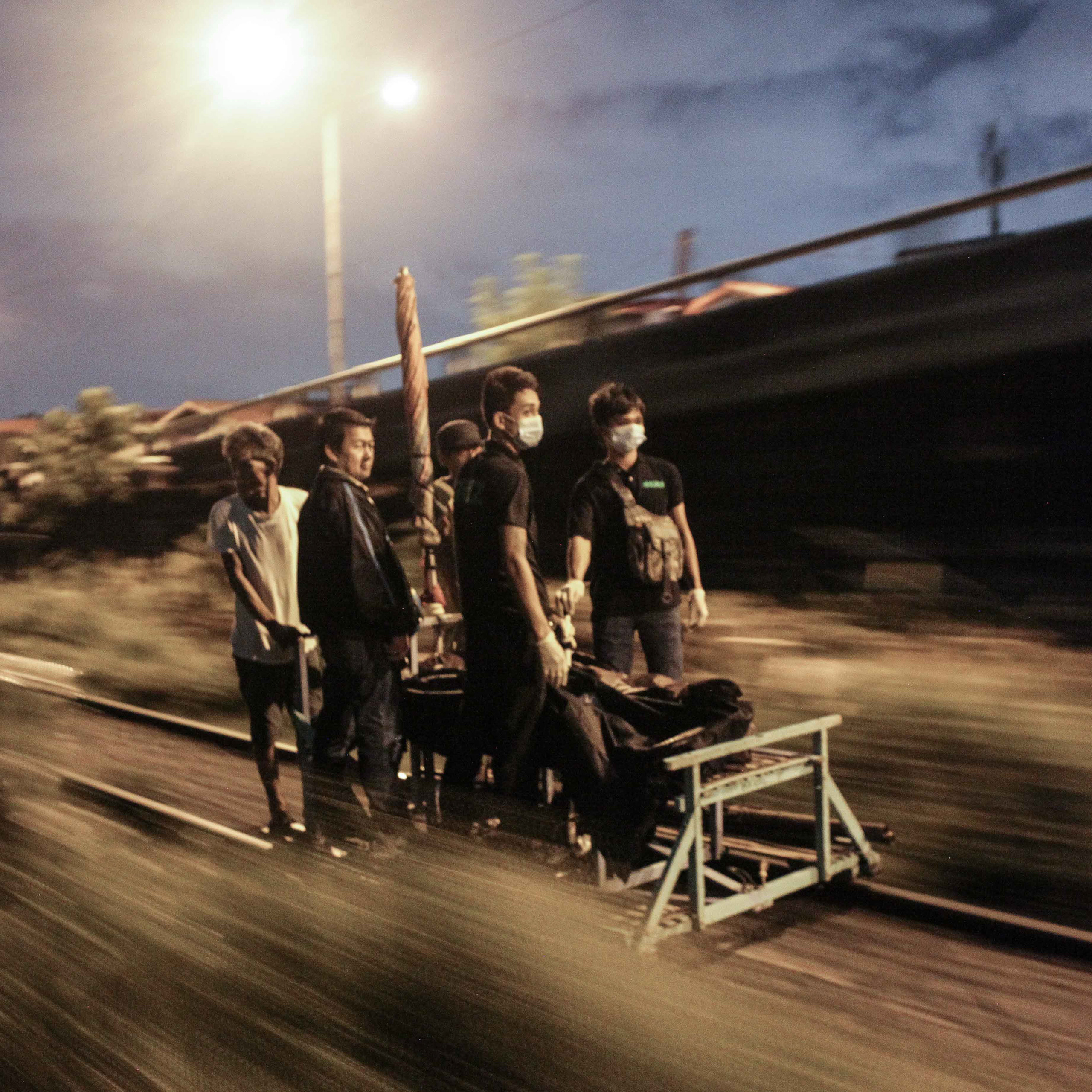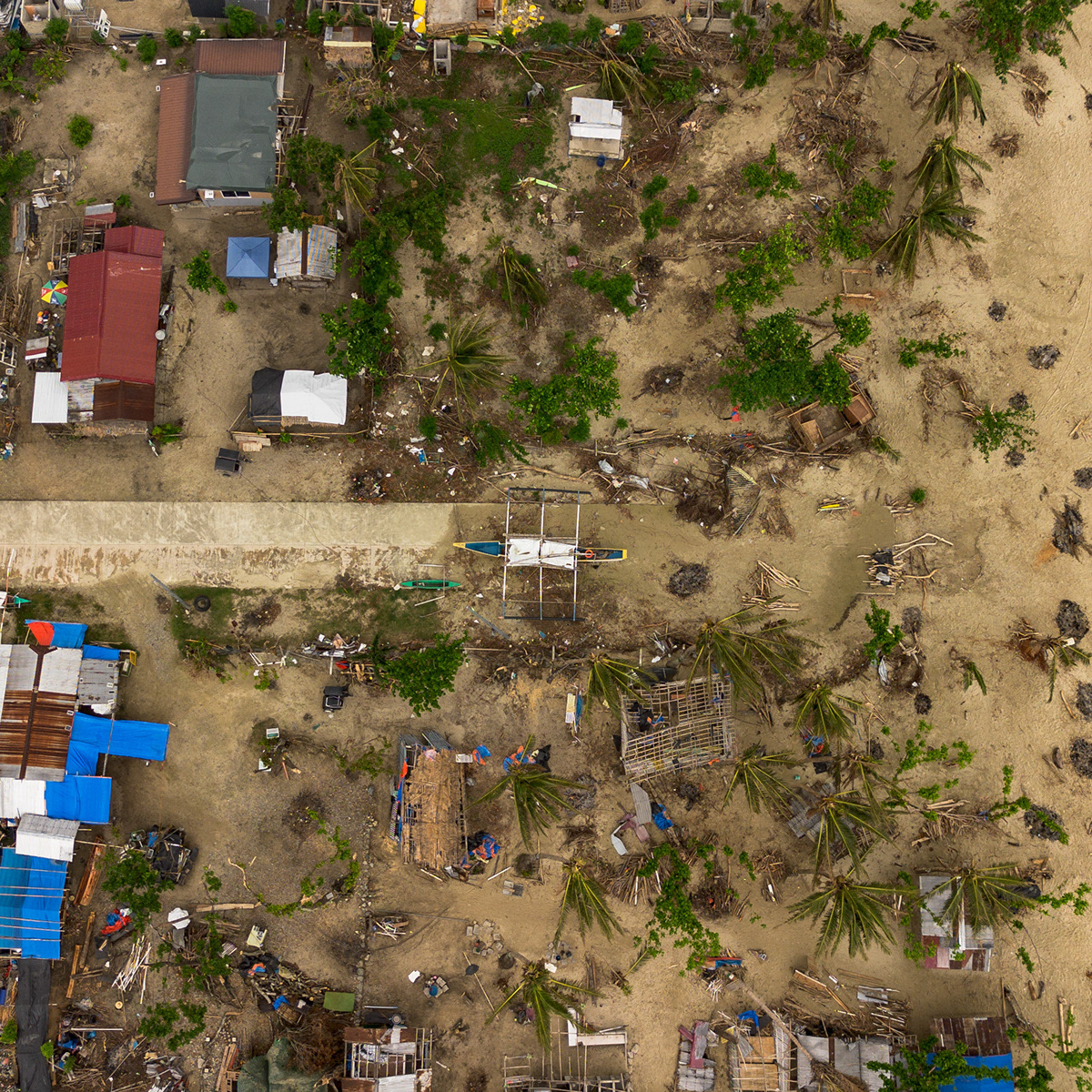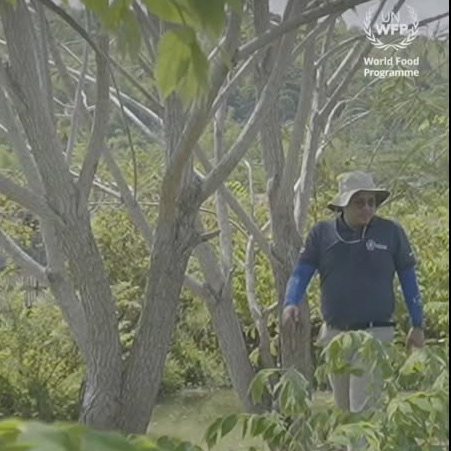When the COVID-19 pandemic struck the Philippines in 2020, life across the country came to a standstill. Strict lockdowns forced the closure of many public spaces—including Manila Zoo, once a lively oasis in the middle of the bustling city, visited daily by hundreds of families, students, and tourists.
With its gates shut and visitors gone, a quiet stillness fell over the zoo. But inside, life continued—fed, cleaned, and nurtured by the few who stayed behind.
Among them is Stella Condes, 56, the longest-serving worker at Manila Zoo. She began working in 1987 at just 22 years old, preparing food for the animals—a job she still proudly holds.
“Since 1987, this has been my second home. I love being around the animals,” she says in Filipino. “I visit the monkeys often, just to watch them. And the talking birds—they reply when you say good morning. It always brings me joy.”
For 35 years, Stella has seen generations of zookeepers, animals, and routines pass through the gates.
“When I started, the elephant was small. Now it's massive,” she recalls with a smile.
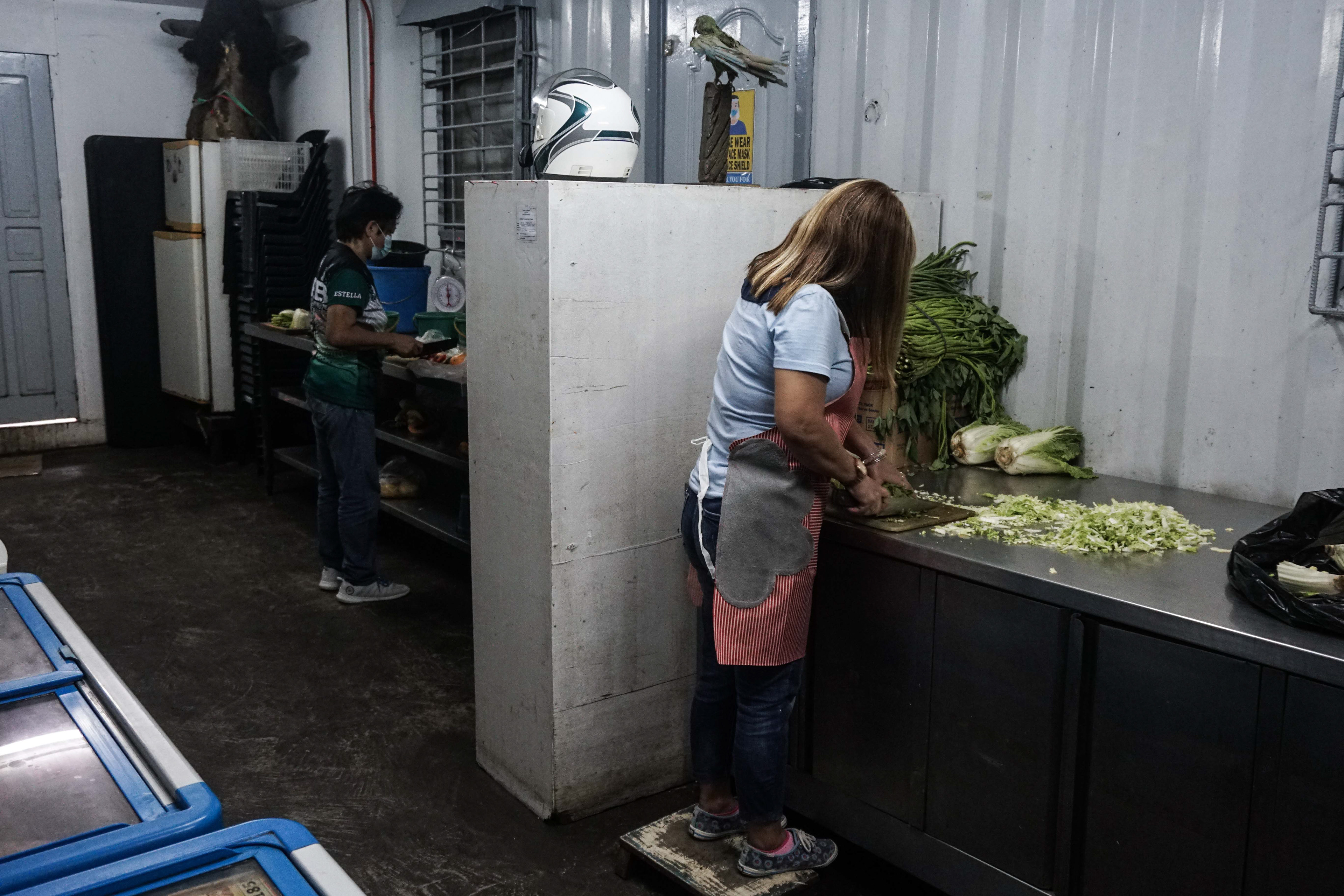
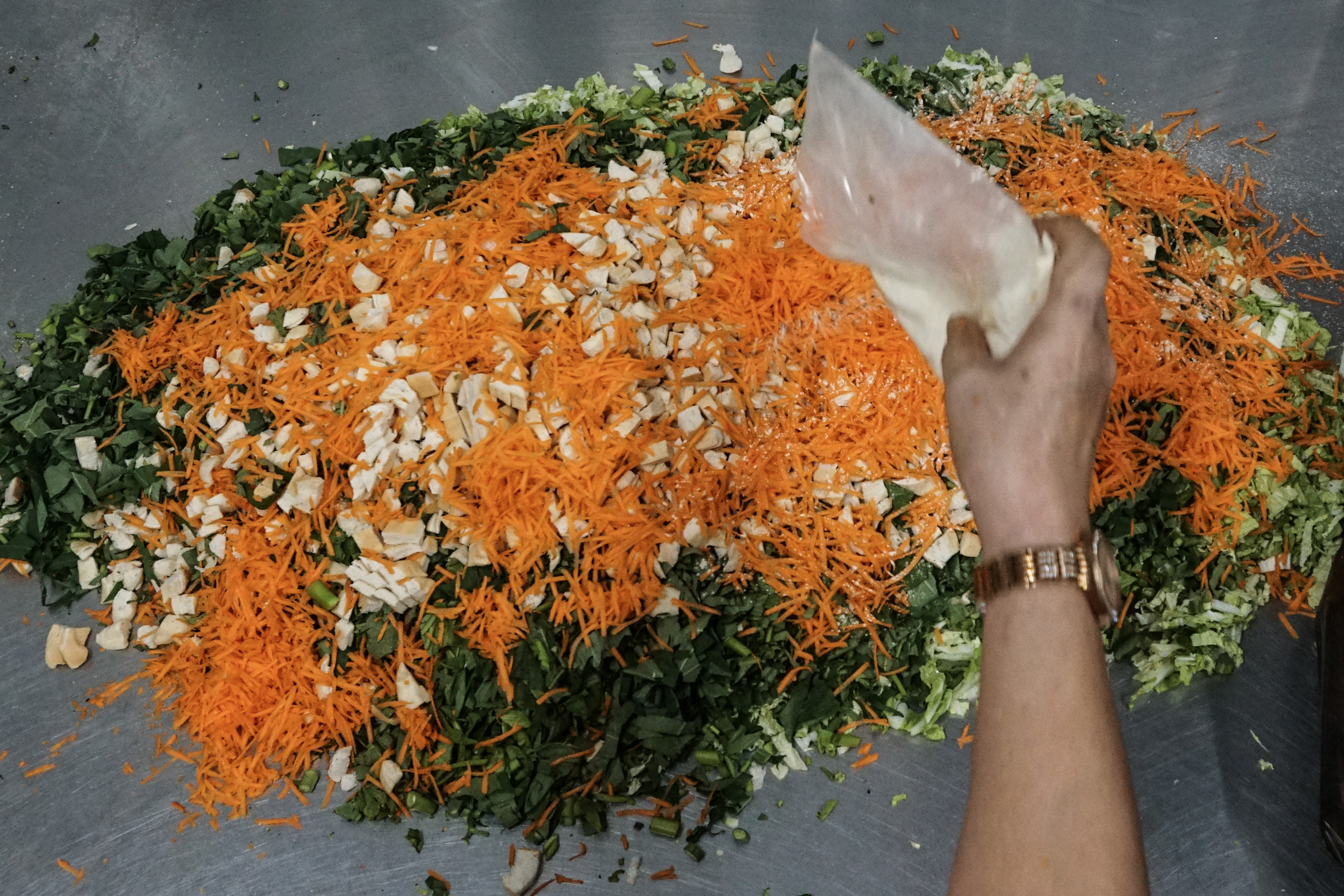
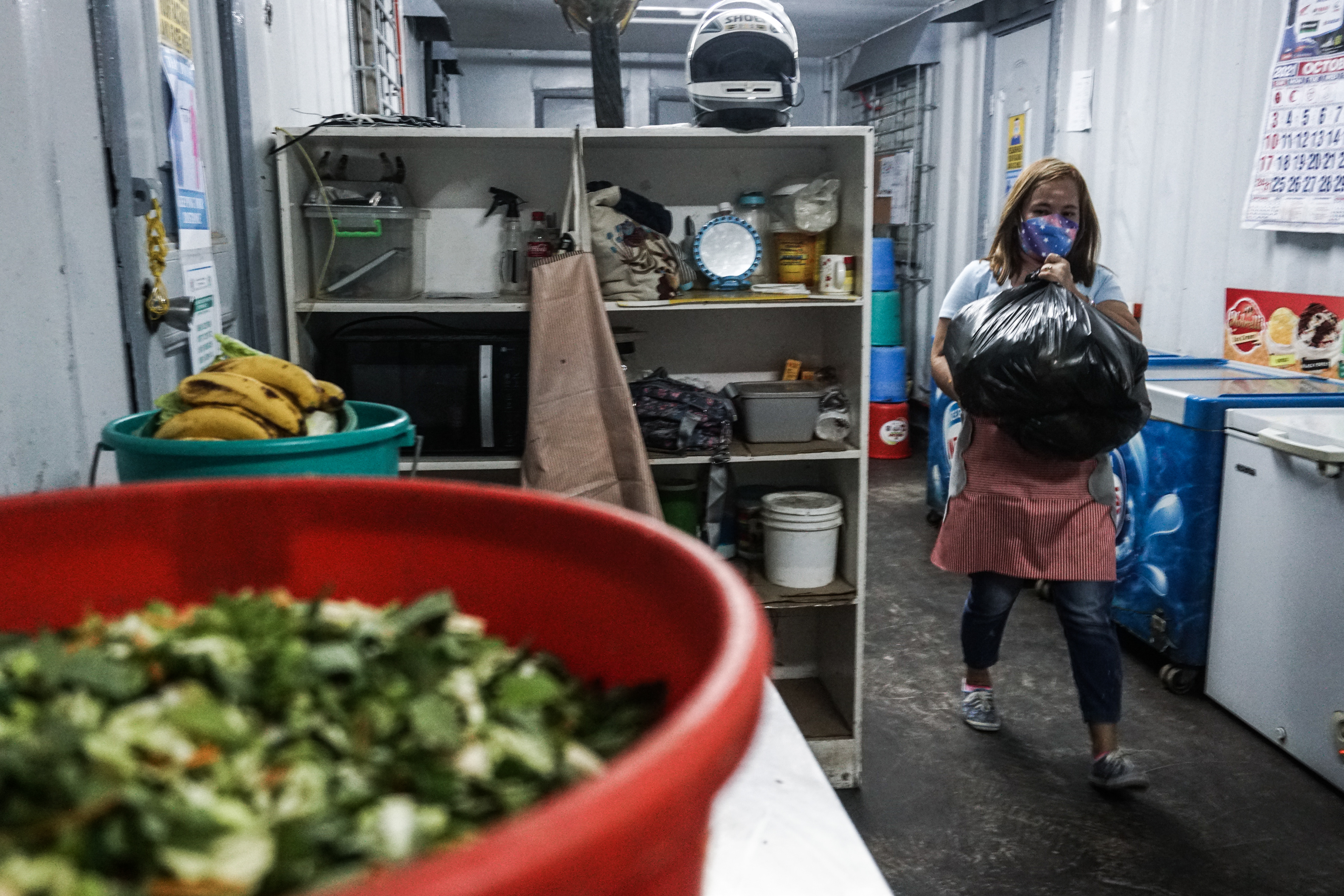
Another dedicated worker is Yolanda Magudatu, who has spent over six years at the zoo, rotating through assignments—feeding lions, tigers, reptiles, monkeys, and now birds and pigs.
“Every year, we change posts,” Yolanda explains. “But I’ve always been part of the food prep team. I love feeding the monkeys. They reach out for food like little children—it’s so heartwarming.”
Over time, the zookeepers form bonds with the animals, developing a sense of care that goes beyond routine work.
“You watch them eat what you prepared, and you feel a connection,” Yolanda says. “Especially when food is scarce, and you see them enjoying it—you can’t help but grow attached.”
Being a zookeeper is more than feeding and cleaning. It requires empathy, patience, and a deep understanding of each animal’s behavior. The zoo’s head veterinarian notes that while literacy was once enough for applicants, today’s zookeepers must have a genuine interest in animals and a desire to understand their way of life.
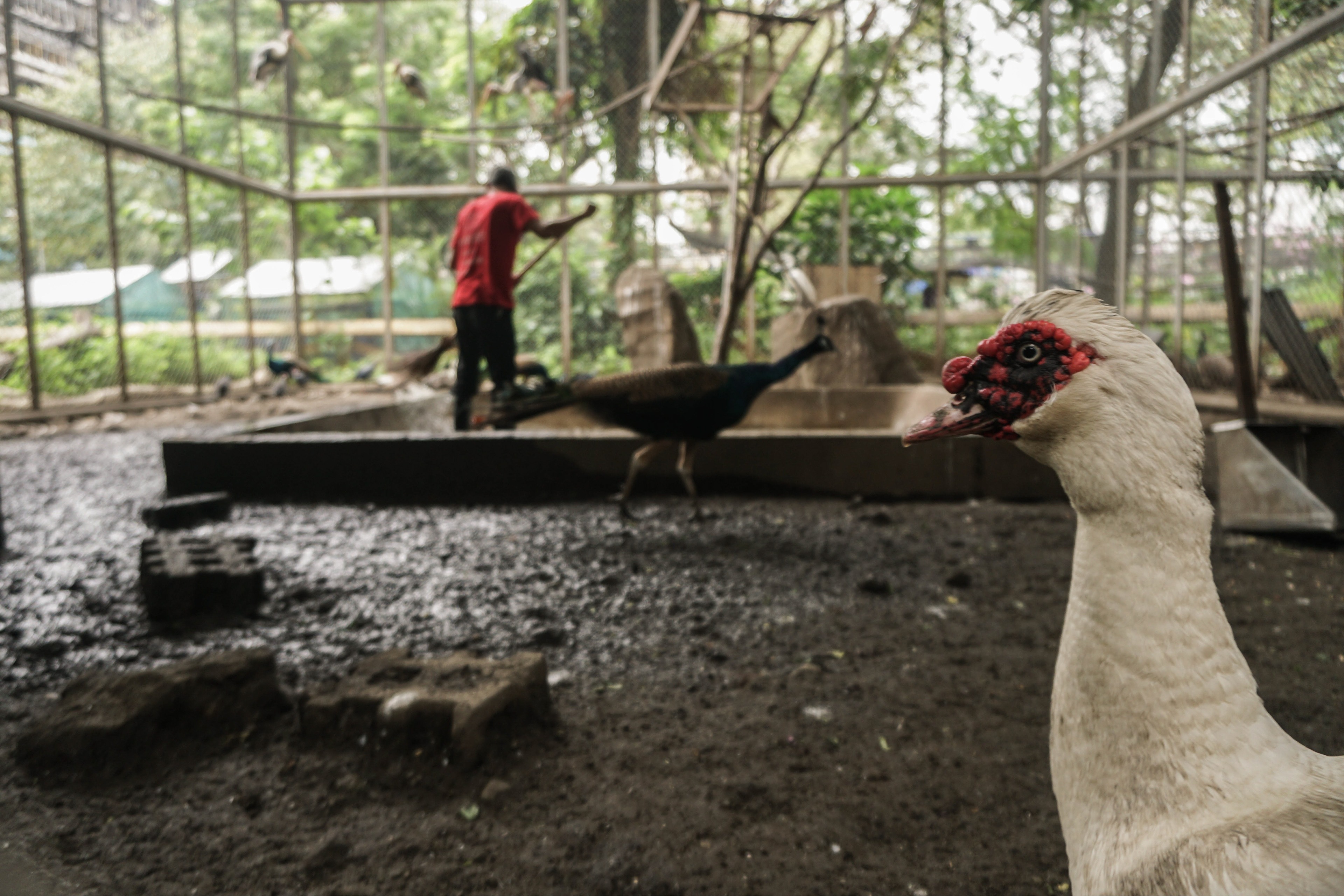
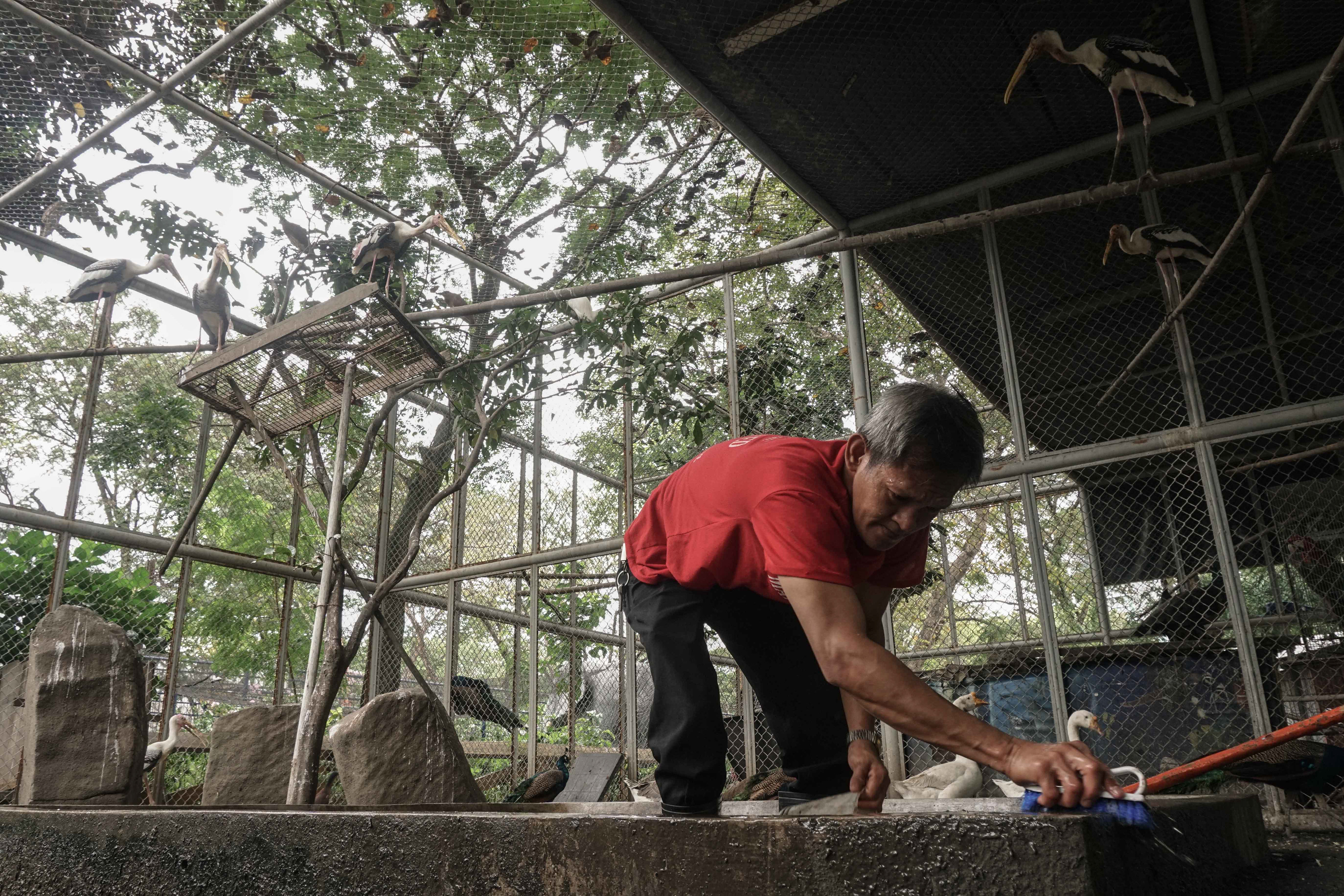
When the zoo closed due to the pandemic, many animals showed signs of stress due to the sudden silence and changes in routine. The keepers remained on duty daily, not just maintaining the facility but offering a familiar presence for the animals.
“If the animals could understand human language,” the vet says, “we’d ask them to be patient. We’re doing everything we can to finish the renovations and improve their homes.”
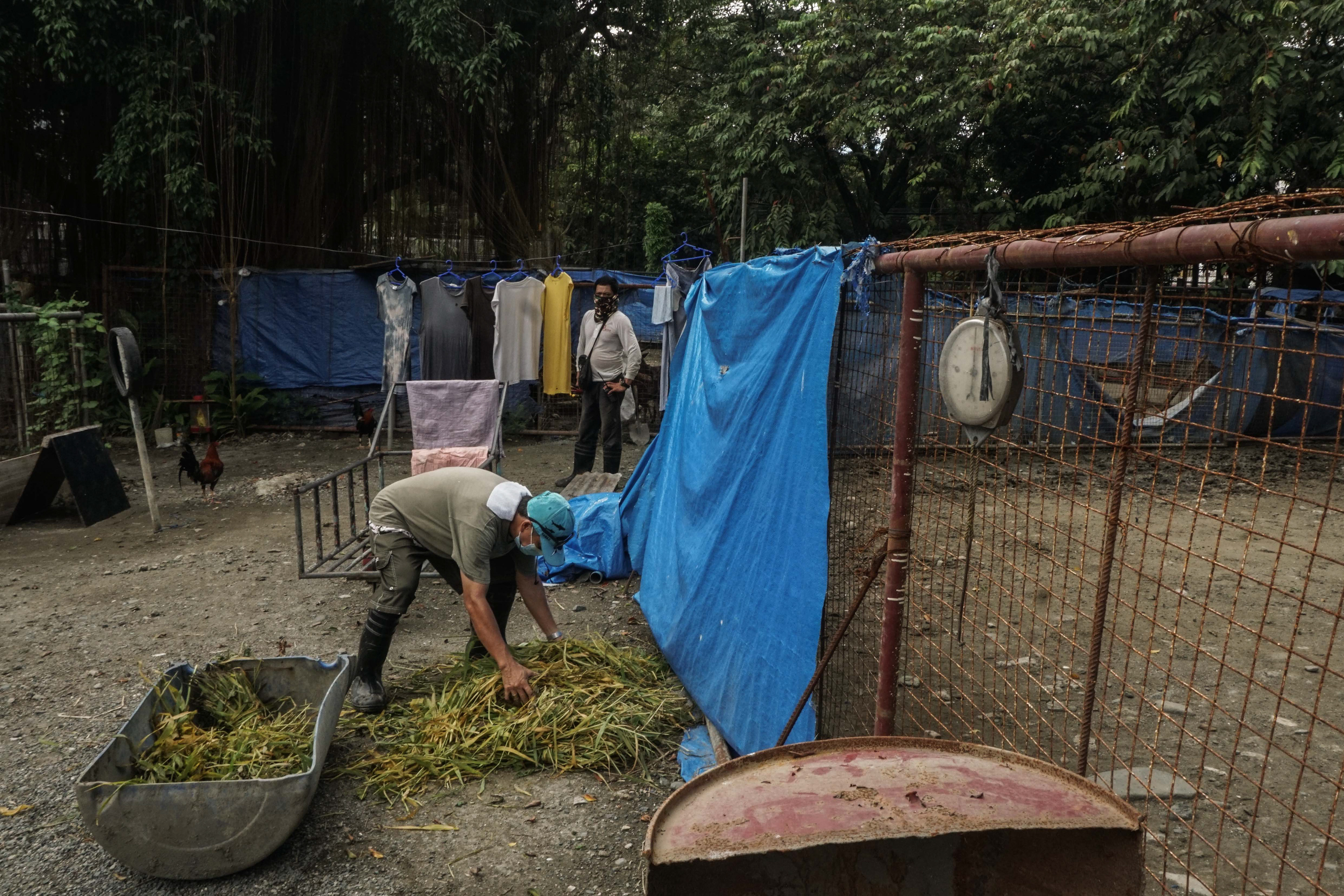
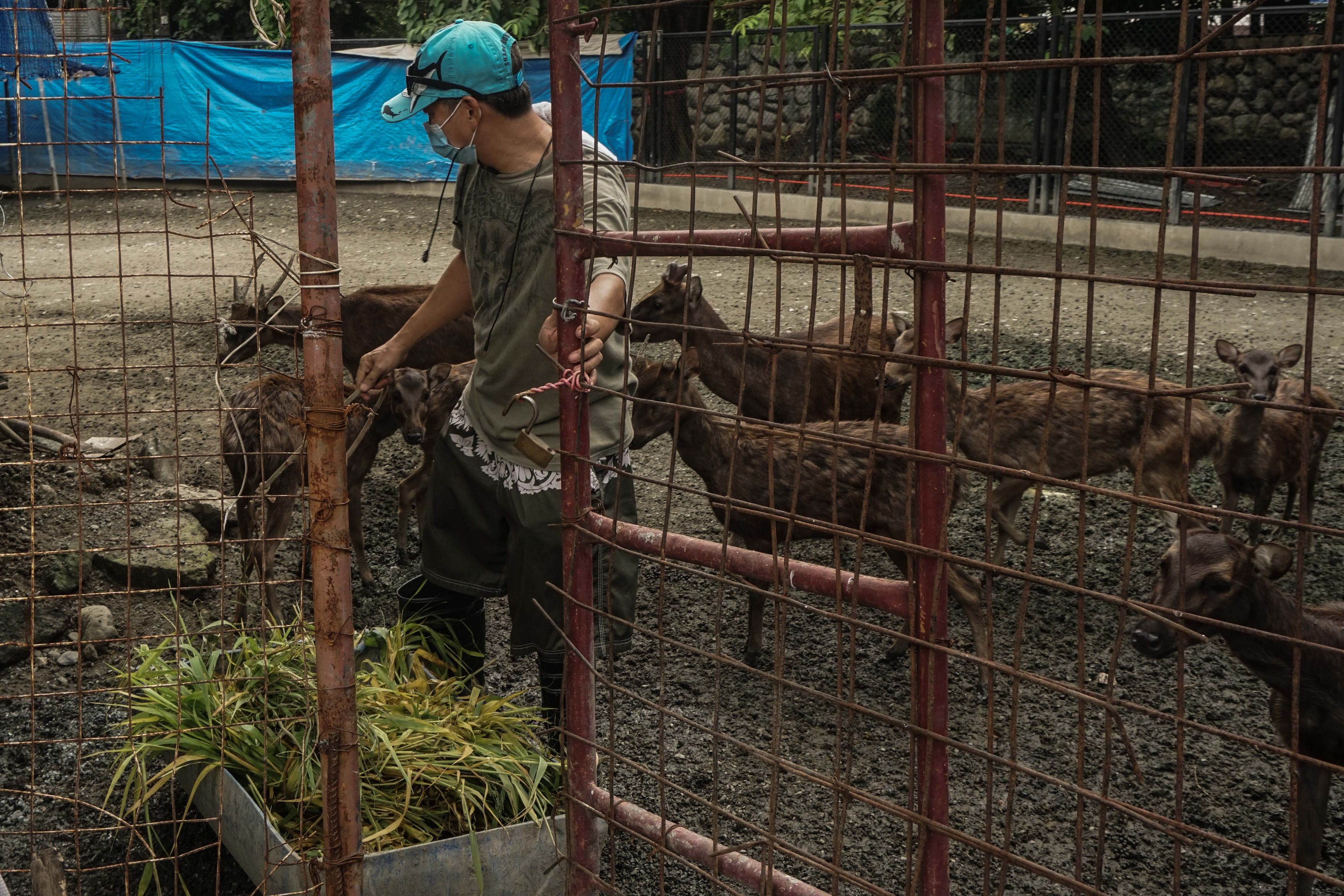
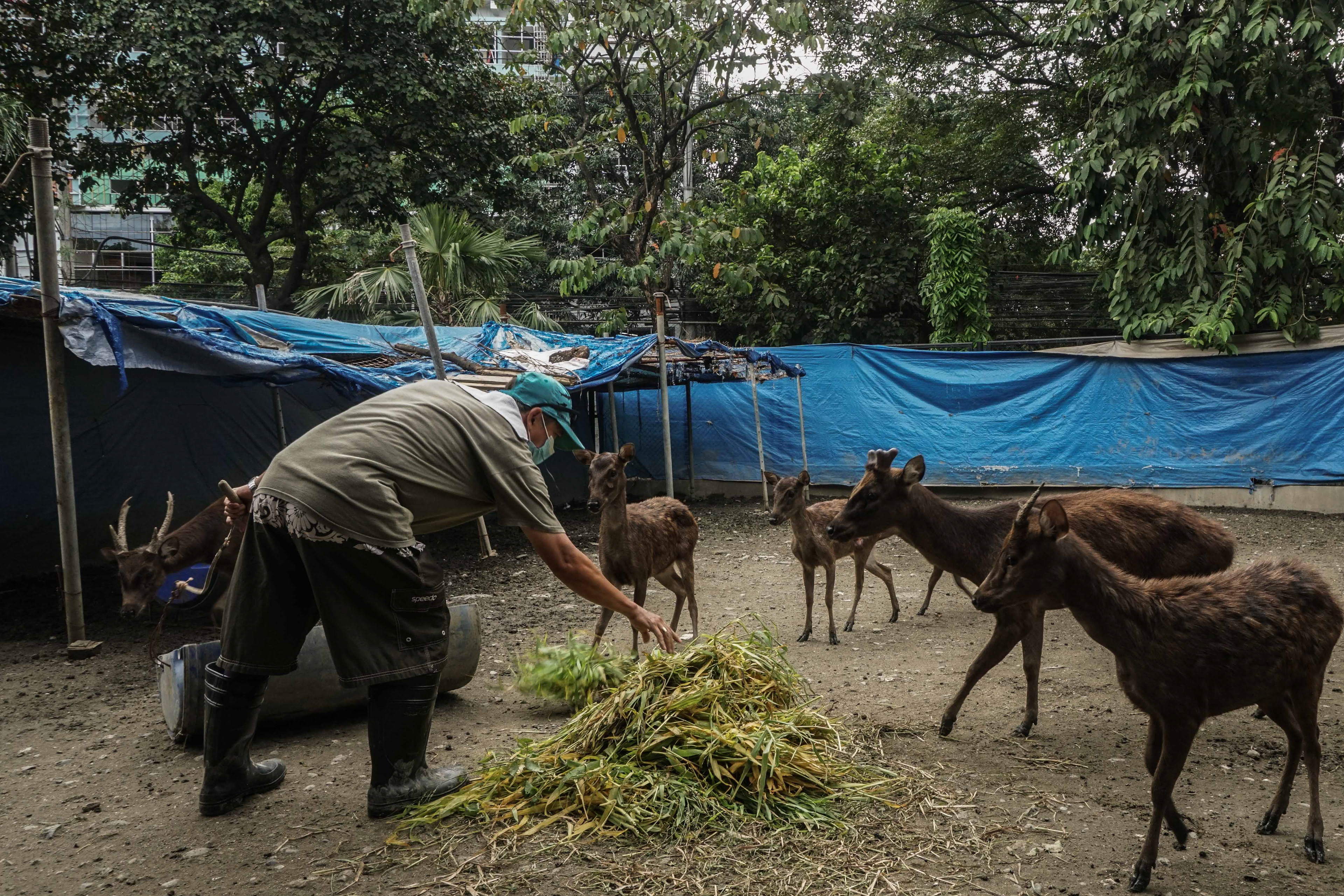
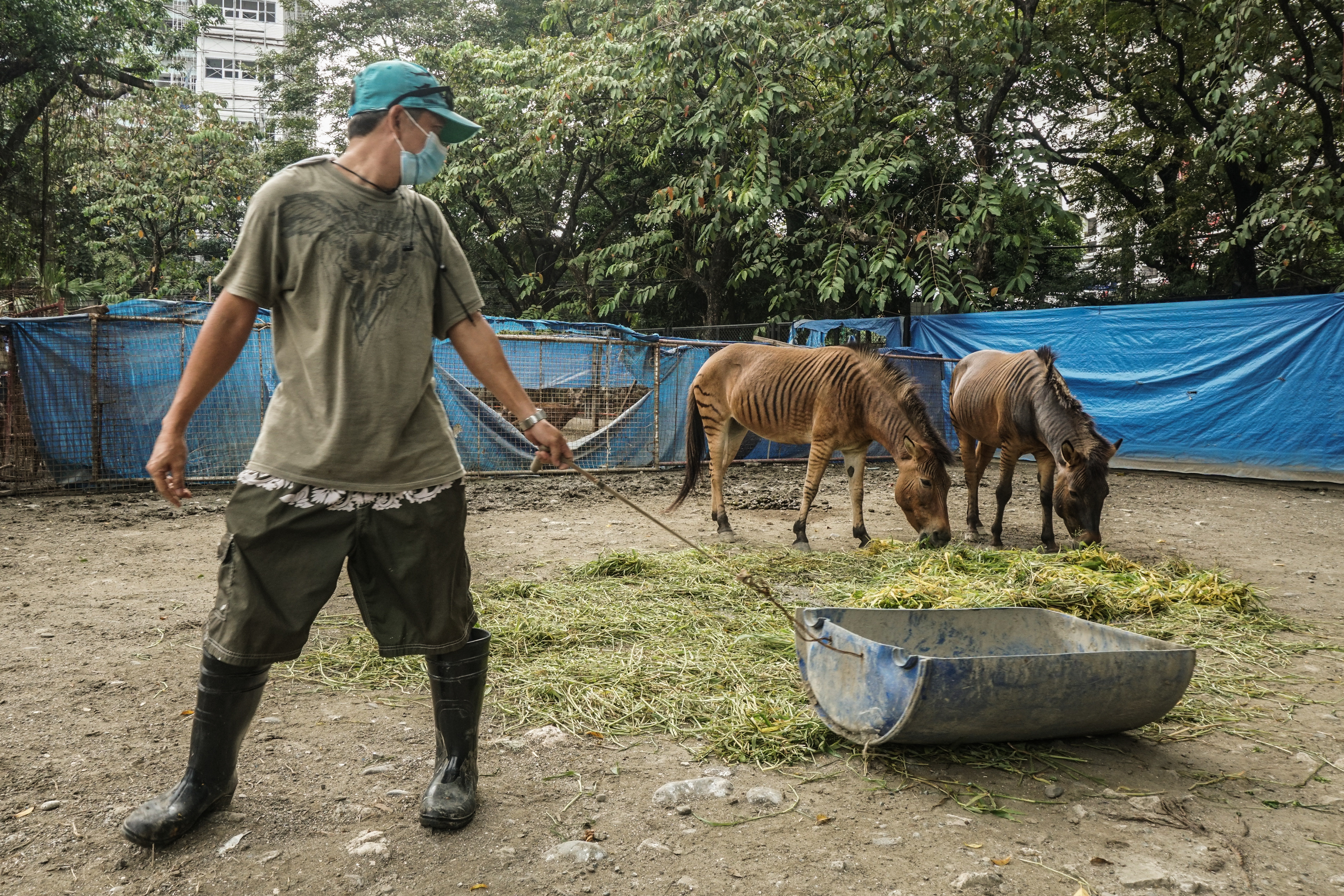
For Noel Koh, the zoo has been his life for 19 years. He has spent nearly all of that time caring for the zoo’s lone elephant.
“It took about 10 years before I fully gained her trust,” he shares. “Now she knows my scent. She can recognize me even before I speak.”
Caring for an elephant is no small task. Unlike trained elephants, this one was wild when she arrived.
“Handling her is like threading a needle. One wrong move and I could get seriously hurt. But we’ve built a bond. I play with her when I have free time—just to keep that connection strong.
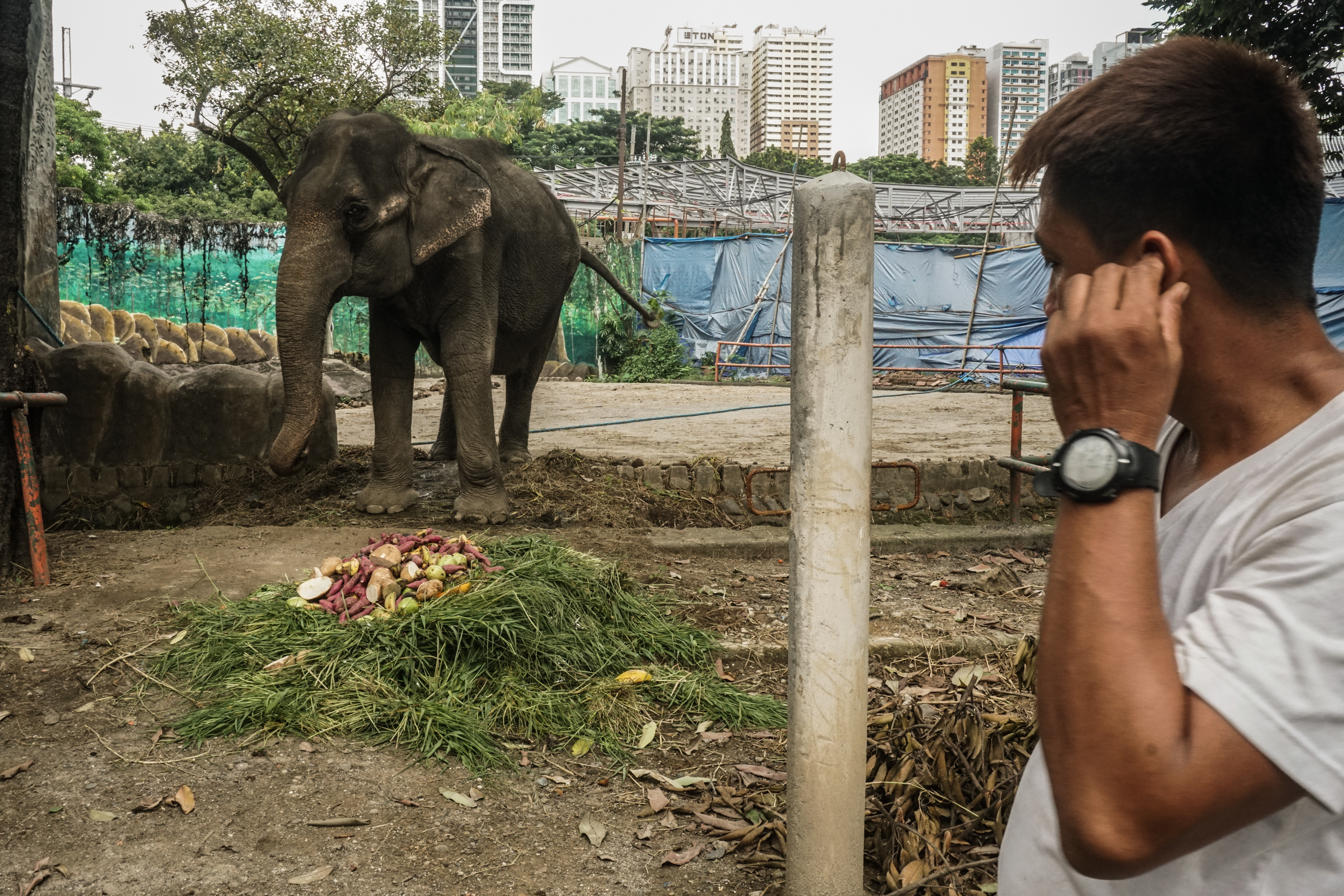
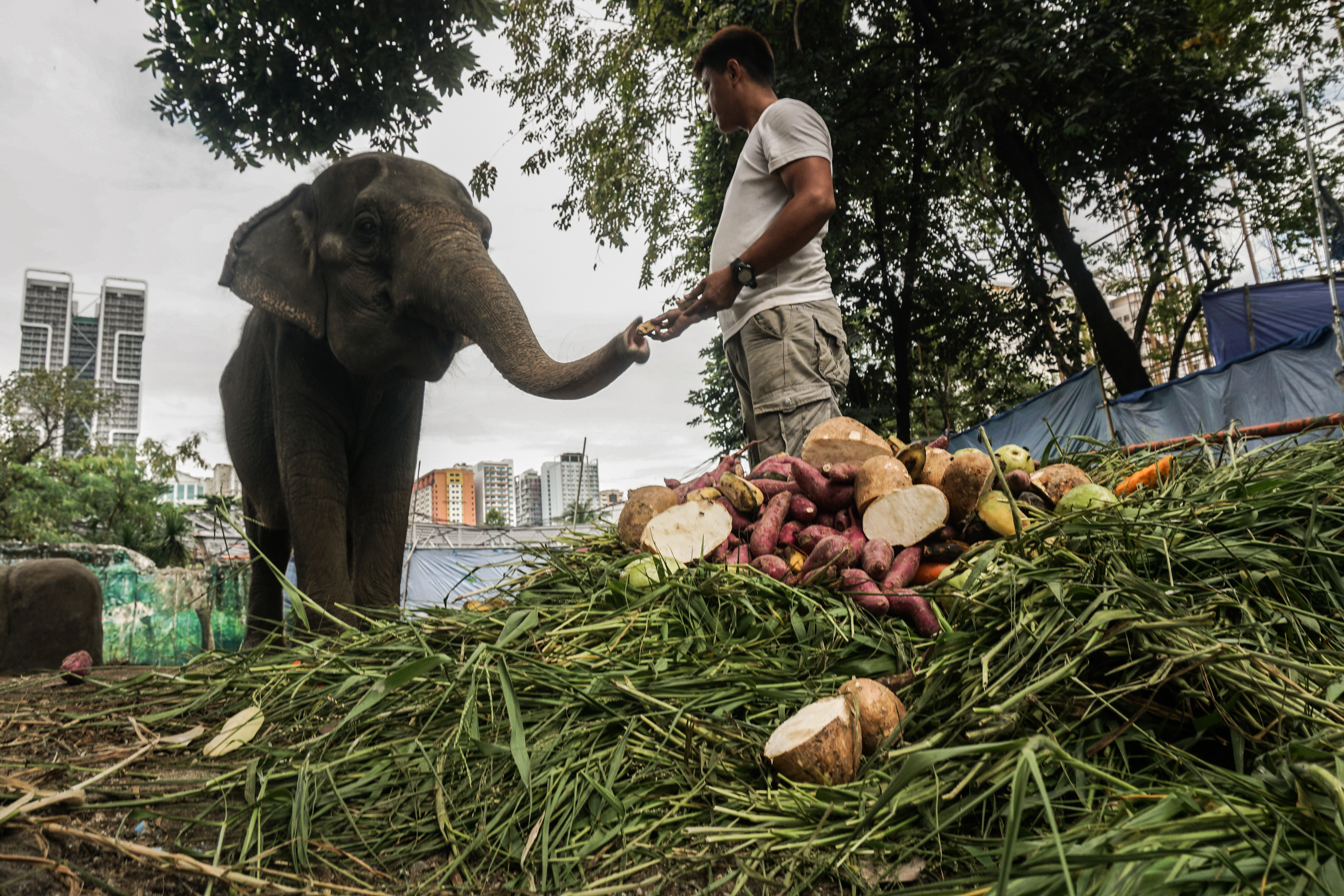
The zoo is now undergoing major renovations, aiming for world-class enclosures and improved welfare for the animals.
The elephant enclosure, one of the largest projects, remains on hold. The elephant refuses to move to the temporary enclosure—a sign of her strong territorial instincts and emotional attachment to her current home.
“She’s been in that space for so long—it’s her territory,” Noel explains.
“I’ve tried everything—putting food and even her own droppings in the new area to entice her. But she hasn’t moved yet.”
Using tranquilizers is not an option; she’s already beyond the typical lifespan for elephants in the wild. Her well-being remains the top priority.
The Manila Zoo may be closed to the public, but within its walls, powerful stories of connection, patience, and respect unfold daily. The renovations promise more space and comfort for the animals, but what remains unchanged is the intimate, quiet bond between zookeeper and creature.

